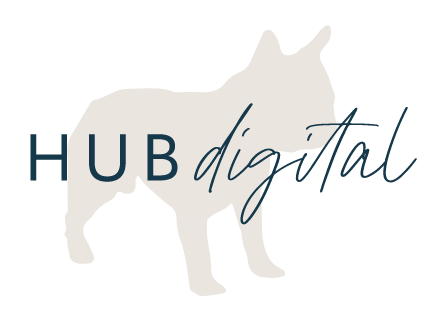Marketing in the Post Covid Era
As July comes barreling at us, businesses are continuing to have to adjust (on what seems like a weekly basis), to an ever changing environment. With states slowing down opening phases, and in some cases shutting things back down again, combined with the largest civil rights movement in history, it’s clear that nothing about this time is predictable.
We’ve talked a lot about strategies and techniques on how business can survive the pandemic, as well as how to adjust to new rules and regulations as reopening plans roll out. What we look to now, is what are the trends and strategies that businesses will adopt long term in the years to come.
Let’s break down what we’re seeing as how business are shifting their priorities in this “new normal”.
Everything is digital, of course- It’s no surprise that the online environment has, and will continue to play, a major roll in business operations. Retail has shifted even more to online shopping (which was a clear trend even before Covid hit), and brands are looking at how to streamline customer service and online appointments. The more you can make your business easy to navigate online, the better you will fare. Now is the time to invest in an upgraded website (especially if it’s not mobile friendly yet), online scheduling or shopping, or even an app or texting capabilities.
Trust and principles are EVERYTHING - As the world reacts to the shock of the past few months, consumers are grappling with not only safety, but moral issues as well. As people re-evaluate their priorities, they are looking to brands that reflect what is now important to them. Brands they can trust, as well as brands that are taking a stand and a viewpoint on current events, will win the business of like minded consumers. The days of businesses staying “neutral” are gone, and consumers (especially Millennials and Gen Z) are supporting brands who speak out with their dollars.
People want businesses who care - Charity and giving back to the community have long been important pillars in how consumers view a brand, but like we mentioned in the last point, it’s becoming even more important now. People are looking for brands who gave back during these times, because they truly cared about their communities. Stories of companies shifting their production lines to produce masks or face shields, or announcing large donations to human rights campaigns, will carry weight in the minds of consumers long into the future.
Advertising spend gets slashed - It’s estimated that 81% of large brands deferred advertising spending during the pandemic, to the tune of an estimated $26 million dollars. Due to regulations, shut downs, and a decrease in consumer spending, most businesses didn’t have any choice but to pull back. As traditional media like TV, newspapers, outdoor and ratio gets hit the hardest with the decrease in spending, businesses will be watching to see how these outlets pivot, or if some of them fold all together.
Choices are being driven by fear - Following the Great Depression, and the most recent recession at the beginning of the century, American’s spending habits changed dramatically. Those that lived through either one came out on the other side with a dramatically different view of consumerism. Focus shifted towards small businesses and experiences, and away from material goods. People realized things bought in the wealthier times can quickly be lost, while experiences and memories last forever. The pandemic is expected to have similar long term effects on consumers, but this time coming from a place of loss and fear. With shortages on everything from meat to toilet paper, and many Americans stuck in their houses with supply chains and shipping routes shut down, our way of buying has changed. Those used to fully stocked stores and free 2-day shipping, now know that can change very quickly. Buying in bulk, stocking up in advance, and shifted priorities in spending is expected to continue after the immediate threat has decreased.
2020 will go down in the history books as a year no one ever expected. Budgets and marketing plans put together at the beginning of the year have been torn up and reprioritized, and probably will be another 10 times before the year it through. If there is one word to describe the businesses that not only survive, but thrive, during this time, it will be “agile”. Businesses will need to continue to think on their feet, not get too tied down to a single plan, and shift their priorities as new situations arise.
